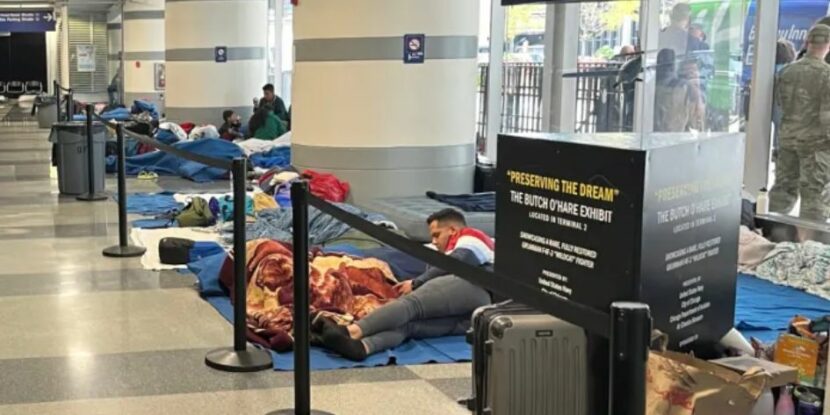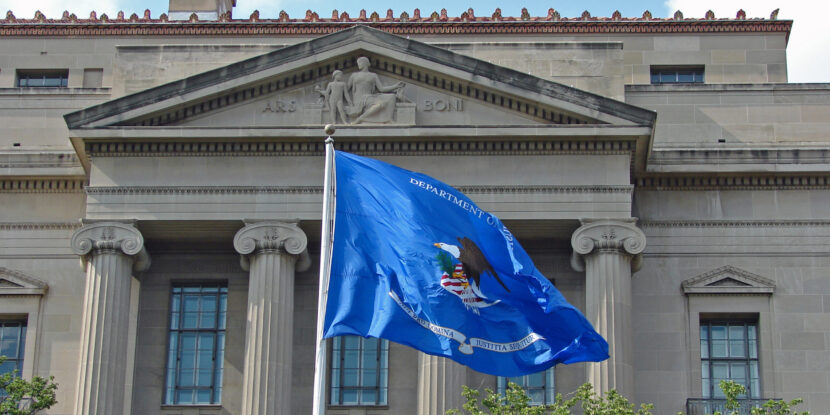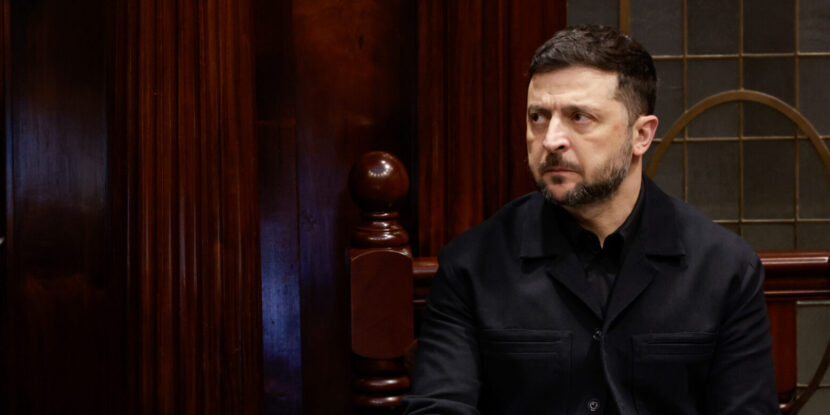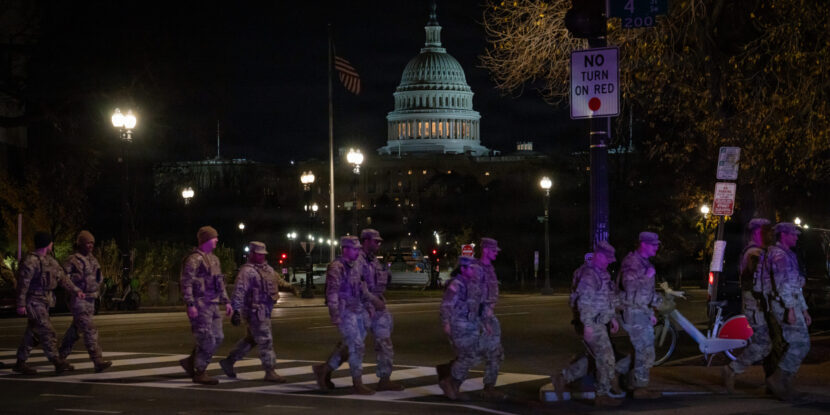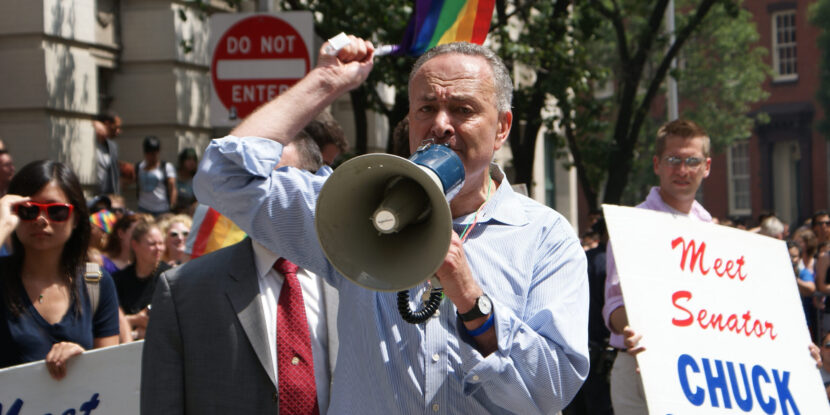Homelessness in Chicago has surged dramatically within the past year, reflecting a broader crisis rooted in continued economic challenges and a flood of migrants arriving from the southern border. According to the city’s annual snapshot, the number of homeless individuals has increased by 200 percent, rising from 6,139 in 2023 to 18,836 in 2024.
A significant portion of this increase comes from 13,679 “sheltered new arrivals” and 212 “unsheltered new arrivals.” The latter represents a 960 percent jump from last year’s count of 20. Additionally, 1,422 “unsheltered non-new arrivals” and 3,523 “sheltered non-new arrivals” were documented. Notably, almost 30 percent of the homeless population comprises children under 18.
The rise in homelessness coincides with the arrival of buses of migrants sent from Texas amid the Biden government’s border crisis. Chicago officials, including Maura McCauley from the Department of Family and Support Services, report efforts to resettle over 43,000 migrants.
McCauley cited the end of pandemic-era support measures and increasing housing costs as contributing factors. “We anticipated this increase and expanded our shelter capacity fivefold. Without these measures, the situation could have been unprecedented and tragic,” McCauley said.
Mayor Brandon Johnson has been a focal point of criticism due to the crisis. Community frustrations boiled over in April when Johnson proposed allocating $70 million to migrant care. Meanwhile, Johnson’s administration has imposed a 60-day limit for migrant stays in city shelters. However, officials do not foresee a mass exodus from shelters, citing staggered exit dates and residents possibly re-entering temporary shelters if necessary.
Despite public anger, Johnson continues to defend the city’s sanctuary policies. Tensions remain high as citizens demand more resources for local communities and transparency around city expenditures.
